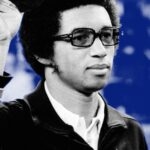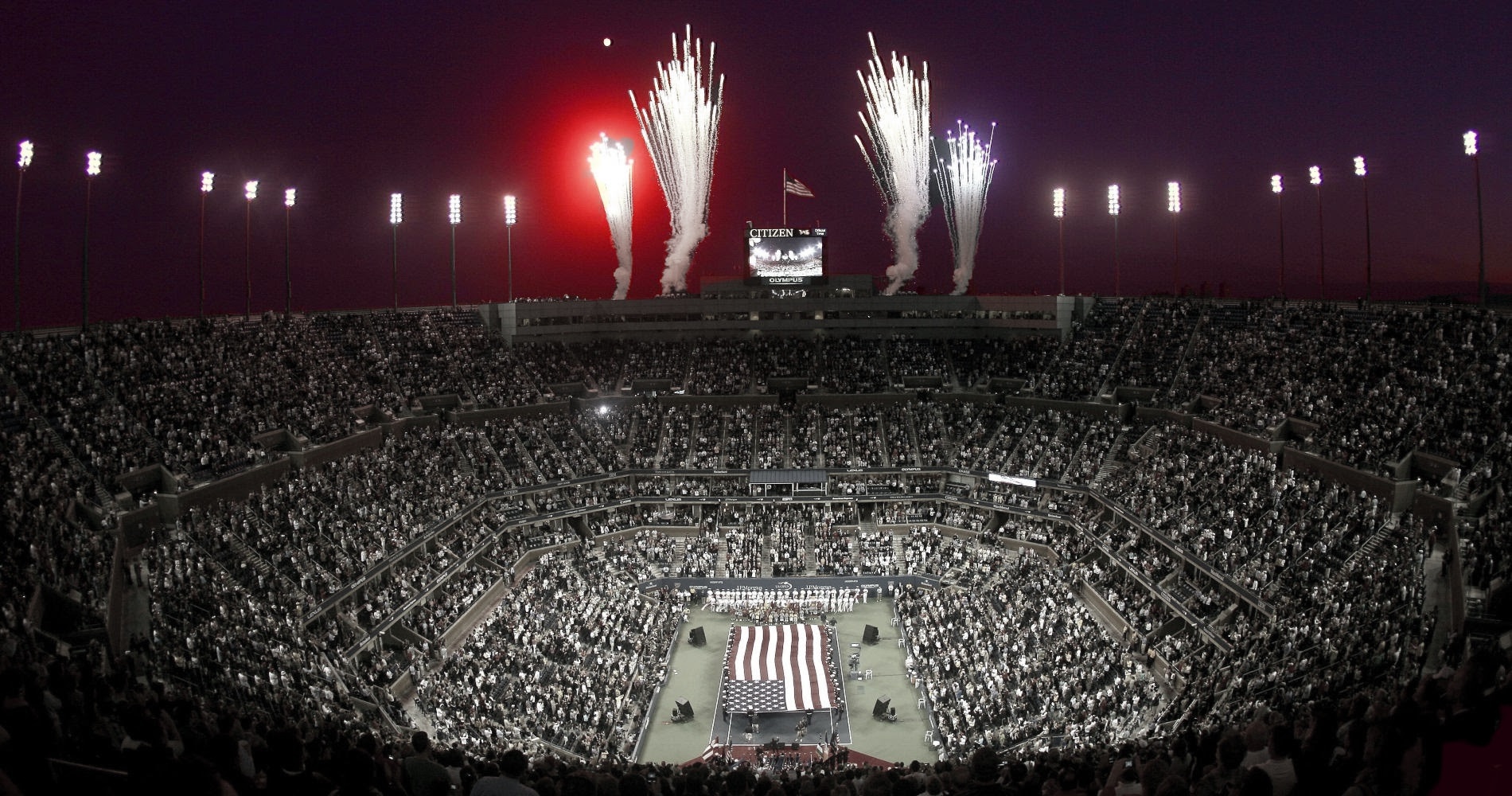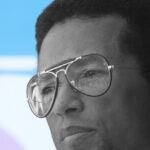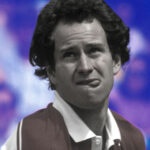January 14, 1979: The day John McEnroe became the youngest winner of the Masters Cup
Everyday Tennis Majors takes you back in time to celebrate a great moment in tennis history. Today, we go back to 1978 to witness how 19-year-old John McEnroe claimed a breakthrough title at the 1977 Masters Cup in New York City
 John McEnroe
John McEnroe
What happened exactly on that day?
On this day, January 14, 1979, John McEnroe, aged only 19 but already ranked No 4 in the world, saved two match points to beat Arthur Ashe in the final of the Masters Cup (6-7, 6-3, 7-5) at Madison Square Garden. It was the first Masters tournament won by the talented left-hander, who set a record as he became the youngest player to ever triumph at the ATP’s prestigious year-end championships.
The players: John McEnroe and Arthur Ashe
- John McEnroe, the rising star from America
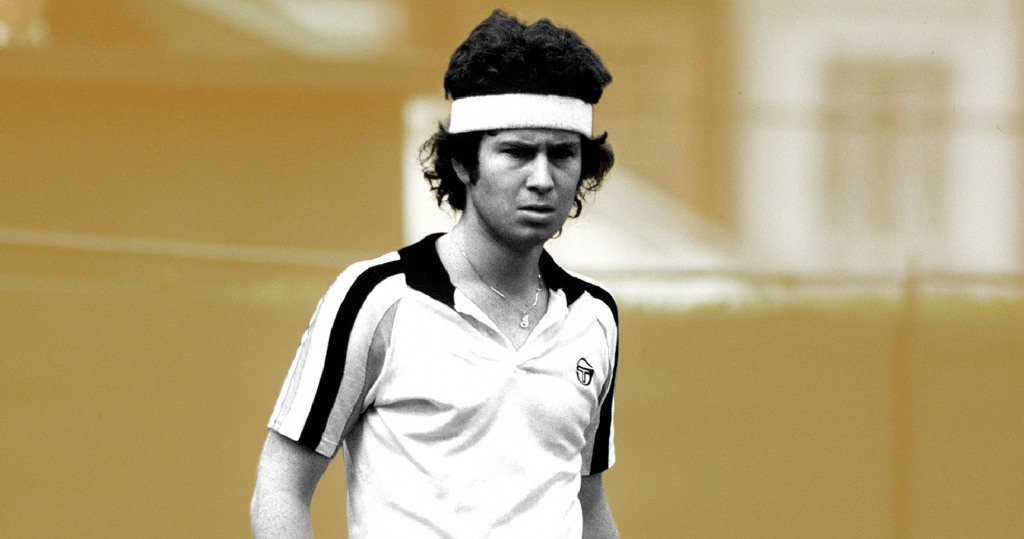
John McEnroe, born in 1959, was the rising American star. The left-hander from New York had wowed the tennis world since his first steps on the pro tour in 1977, when at the age of 17, showing up at Wimbledon as an amateur, he made his way out of the qualifiers and went all the way to the semi-finals. “Johnny Mac” was extremely talented, his game based on precision, instinct and touch on top of an iconic and lethal corkscrew serve.
In 1978, after claiming the NCAA title, McEnroe reached the semi-final at the US Open, where he was defeated in straight sets by world No 1 Jimmy Connors (6-2, 6-2, 7-5), and two months later, he stunned the tennis world by defeating Bjorn Borg in the semi-finals of the Stockholm Open (6-3, 6-4) – he climbed to No 4 in the world at the end of the year.
McEnroe was also known for his shocking on-court behaviour in the good-mannered world of tennis. His constant quarreling with officials made him notorious as a bad boy (also known as McNasty) in the gentlemen’s sport.
- Arthur Ashe, the first male black player to ever win a Grand Slam tournament
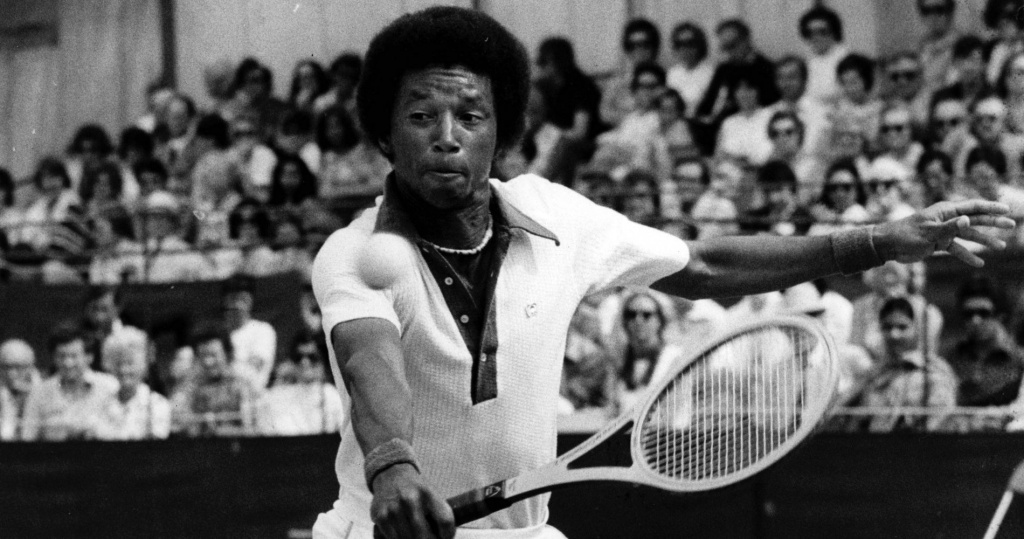
Arthur Ashe was born in 1943, in Richmond, Virginia. His father forbade him to play football, so young Arthur started to play tennis on public courts, where his talent was noticed by the best black player in Richmond, Ron Charity, who taught him the basics. In 1963, Ashe became the first African American player to win the National Junior indoor title, and he was awarded a tennis scholarship to the University of California, Los Angeles. There, he sharpened his game by practising with his idol, Pancho Gonzales, and the same year, he became the first black player to be selected in the United States Davis Cup team.
Ashe had already claimed 31 titles, and he had finished runner-up twice to Roy Emerson at the Australian Championships, in 1966 (lost in four sets, 6-4, 6-8, 6-2, 6-3) and in 1967 (defeated in straight sets, 6-4, 6-1, 6-1), when he became the first male black player to ever win a Grand Slam tournament, defeating Tom Okker in the final of the 1968 US Open (14-12, 5-7, 6-3, 3-6, 6-3).
Ashe went on to win two more Grand Slam titles, the 1970 Australian Open (defeating Dick Crealy in the final, 6-4, 9-7, 6-2), and the 1975 Wimbledon Championships (beating Jimmy Connors in the final round, 6–1, 6–1, 5–7, 6–4). On top of that, the African American champion finished runner-up in two other major tournaments (at the 1971 Australian Open and at the 1972 US Open).
Involved in the fight for civil rights, Ashe was one of the few champions whose fame and impact went way beyond the tennis court.
The place: Madison Square Garden, New York
Founded in 1970, the year-end Masters Cup was the final showdown between the eight best players in the world. Held in a different location every year at the start, it settled temporarily at the Madison Square Garden, in New York in 1977. In the “World’s Most Famous Arena”, the Masters Cup became more than just a tennis tournament – it was a spectacle. In this first edition, tickets were sold out well in advance, with more than 18,500 spectators packing the stands. The tournament director, Ray Benton, had moved the event to January, in order to avoid competition with American football, and, before the upcoming Super Bowl, the Tennis Masters Cup was the main sports event in the United States that week.
The facts: McEnroe saves two match points and goes on to win
The final of the 1978 Masters Cup, held in January 1979 at the Madison Square Garden, was a real clash of generations and personalities: the rising American star, the temperamental John McEnroe, 19 years old, faced the elderly statesman of the sport, Arthur Ashe, a three-time Grand Slam champion, now 35 years old. Ashe was also not expected to be in the final, considering that he had suffered from injuries in 1977 and had started 1978 at world No 257 – and even after a great season, he was only ranked No 13 in the world and had qualified for the Masters Cup after several players withdrew from the event.
The New York crowd expected an exciting match to end a rather disappointing tournament. Not only were three out of the top 5 players in the world missing (Bjorn Borg, Guillermo Vilas and Vitas Gerulaitis), but even the long-awaited clash between Jimmy Connors and John McEnroe didn’t fulfill its promise, with world No 1 Connors retiring due to a foot injury.
In this context, McEnroe made his way out of the round-robin and then into the final without dropping a single set, dismissing world No 6 Eddie Dibbs in the semi-finals (6-1, 6-4). On the other hand, Ashe, after having suffered a heavy loss against McEnroe in his opening match (6-3, 6-1), took advantage of Connors’ withdrawal to reach the semi-finals, where he fought hard to eliminate world No 7 Brian Gottfried (7-5, 3-6, 6-3).
In the round-robin, McEnroe had destroyed Ashe, making only one unforced error in the entire match but he couldn’t repeat the same performance in the final. The 1968 US Open champion had learned from his loss, and he came with a new strategy: he changed his position to return McEnroe’s wide serve, moving to the side to force him to serve flat on his forehand. The 19-year-old was evidently disturbed by this move – he even made three consecutive double faults on triple set point in the first set – as well as by Ashe’s lobs.
“I was surprised that he could change his game that much,” McEnroe would say afterwards, according to The New York Times.
Drama peaked in the third set. The veteran, backed by the public, took a 4-1 lead and then obtained two match points at 5-4, 15-40 on McEnroe’s serve. In front of Don Budge, winner of all four Grand Slams in 1938, who was sitting amongst the 17,000 spectators packing the stands, the young McEnroe mastered his nerves and bravely saved them. Two games later, on his third match point, McEnroe sealed his victory, 6-7, 6-3, 7-6, claiming the biggest title of his young career.
“I don’t know how I won the match,” he later commented.
His opponent was impressed with McEnroe’s ability to deal with pressure at such a young age.
“The situation calls for a certain kind of challenge, and he met it,” said Ashe. “What he had to do was compose himself and find out why he was winning and change his game if he was losing. That may be difficult for a 19‐year‐old who’s had coaching all his life.”
At the age of 19, McEnroe was the youngest player to have ever won the year-end Masters Cup.
What next? Ashe goes on to captain McEnroe in the Davis Cup
Arthur Ashe would retire in 1980, holding a total of 81 titles. He would then become captain of the American Davis Cup team, where one of his biggest challenges would be to handle McEnroe’s tantrums. In fact, McEnroe’s behaviour, combined with Connors’s antics during the 1984 campaign, would push Ashe to resign in 1985. Ashe would die in 1993 from AIDS, which he had contracted from a blood transfusion in the 1980s but used his illness to spread awareness about the disease across the world.
John McEnroe to this day remains the youngest-ever winner of the Masters Cup. In his career, he would triumph three times at Wimbledon (1981, 1982, 1984), and four times at the US Open (1979, 1980, 1981, 1984). 1984 would be his peak year, during which his only disappointment would be his heartbreaking loss against Ivan Lendl in the final of Roland-Garros after blowing a two-sets-to-love lead. After 1984, McEnroe would never win another Grand Slam title.
In 1986, mentally worn out, he would even take a break from the tour to marry Tatum O’Neal. He would be back, but “Mac” would never obtain the same remarkable results and would not reach any more Grand Slam finals. In total, McEnroe would hold seven Grand Slam singles titles and would have spent 170 weeks as world No 1.
